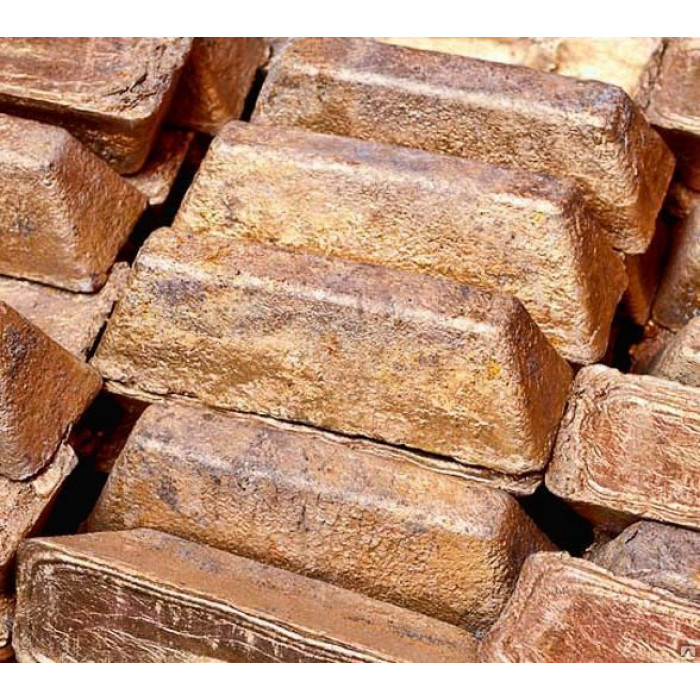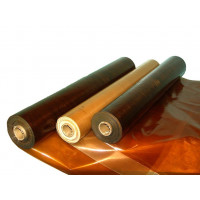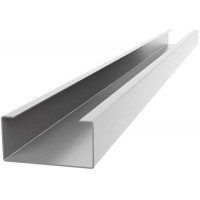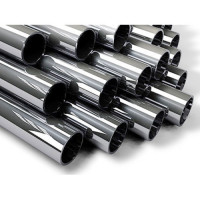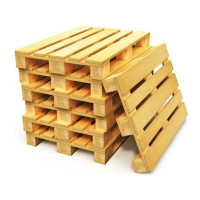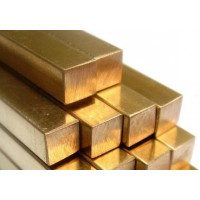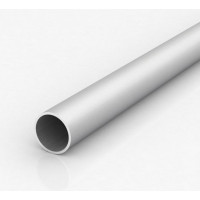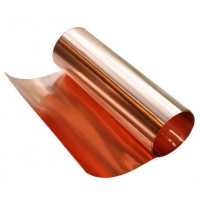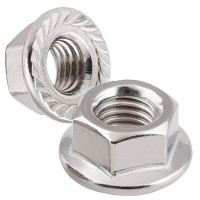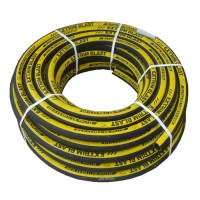Phosphorous copper, MF-9 ingot is used in the aluminum industry as a grain grinder to increase the strength, wear resistance, and machinability of aluminum-silicon alloys.
Phosphorus significantly reduces the electrical and thermal conductivity of copper, but has a positive effect on the mechanical properties and weldability, and increases fluidity.
Characteristics
GOST 4515-93
Melting point: 820 ⁰С
P content: 8.0-9.5%
Cu content: 90.5-92%
Phosphorous copper is an alloy based on copper. It is used, as a rule, as a deoxidizer and differentiating material in the manufacture of copper and copper alloys, including bronze. Alloys that are alloyed with phosphoric copper are endowed with higher hardness and tear resistance. A certain number of grades of phosphorous copper are also used in the production of solders.
The most widely used grades of this alloy are:
MF 9. The composition of this alloy includes 8-9% phosphorus, a small amount of various impurities, in particular, tin, bismuth, etc. Widely used by metallurgical plants in the manufacture of copper alloys.
MF 10. The composition of this alloy includes phosphorous copper containing from 9-11% phosphorus. It is mainly used as an alloying agent and in the process of making solders.
We accept phosphorous copper at competitive prices! Phosphorous copper has a number of unique qualities, namely:
- has a high level of corrosion resistance;
- plastic;
- conducts electricity well.
Most often, phosphorous copper is used in heavy industry and non-ferrous metallurgy.
To meet the needs of metallurgical enterprises in valuable metals and their alloys, many recycling points have been opened today. One of these is our company Recycling.
Phosphor copper MF 9 and MF 10 have a number of positive qualities, which include:
thermal conductivity,
plastic,
electrical conductivity,
moisture resistance,
anti-corrosion resistance.
Alloys of copper with phosphorus are widely used in metallurgy and engineering. There are four main areas of their application:
- as a deoxidizer in the smelting of copper and brass, as well as a number of other copper alloys; when smelting copper from cathodes at non-ferrous metal processing plants, the ligature is introduced into the melt at the rate of 0.10-0.15% P;
- as an alloying element in the production of phosphorus-containing copper alloys, of which the most important are deformable tin-phosphorus bronzes of the BrOF 6.5-0.15 type, casting bronzes with a content of up to 1% P; wrought bronzes containing up to 0.4% P;
- as the main component of solders with a phosphorus content of 3 to 10%; as solders, both the master alloy of the MF10 type and specially developed alloys PMFOTsr and PMFTSZh containing 3-4 wt.% R are used; The main consumer of solders is mechanical engineering, including the production of household appliances.
- as a modifier of silumins when casting products from hypoeutectic silumins, for example, cylinder blocks of internal combustion engines; when casting such products, to improve the properties of the casting, 0.1-0.2%, and sometimes more, of copper-phosphorus ligature is introduced.
The demand for these alloys in the Russian industry is quite large. The far from complete information collected today gives a figure of at least two thousand tons per year. The demand on the world market is estimated at 20-30 thousand tons per year.
Until now, the technology developed in the 30s of the last century remains the generally accepted technology for producing copper-phosphorus alloys [1]. This technology provides for stuffing red phosphorus on the bottom of a ladle lined with refractory, then activated carbon and sawdust, laying a copper sheet on top. Metallic copper is melted in a furnace and poured into a ladle onto a copper sheet.
After its melting, copper seeps through a layer of sawdust and coal to the bottom of the ladle, phosphorus evaporates intensively and passes through the copper melt in the form of bubbles, interacting with it. Around each particle of coal, entangled in the copper melt, a bubble of gaseous phosphorus is formed. In this case, the dissolution of gaseous phosphorus in molten copper is possible due to the high total contact surface of phosphorus bubbles with the copper melt. This surface is provided by a large amount of activated carbon particles and sawdust. The disadvantages of this technology include:
- the need to use red phosphorus, which is an expensive and environmentally hazardous product, which is handled manually and does not meet the current level of sanitary standards;
- the rate of dissolution of phosphorus in molten copper is significantly lower than the rate of emergence of bubbles of gaseous phosphorus with particles of activated carbon. As a result, the loss of phosphorus into the atmosphere reaches 20-30%. These losses increase with an increase in the concentration of phosphorus in the smelted alloy;
- phosphorus vapor above the ladle, interacting with atmospheric oxygen, burn outin the form of a large torch with the formation of particles of phosphorus oxide.
You can buy Phosphorous Copper, MF-9 pig from us at the best price in Ukraine. A wide range of products allows us to quickly and efficiently fulfill any order, helping to complete any construction work on time.
No questions about this product, be the first and ask your question.

